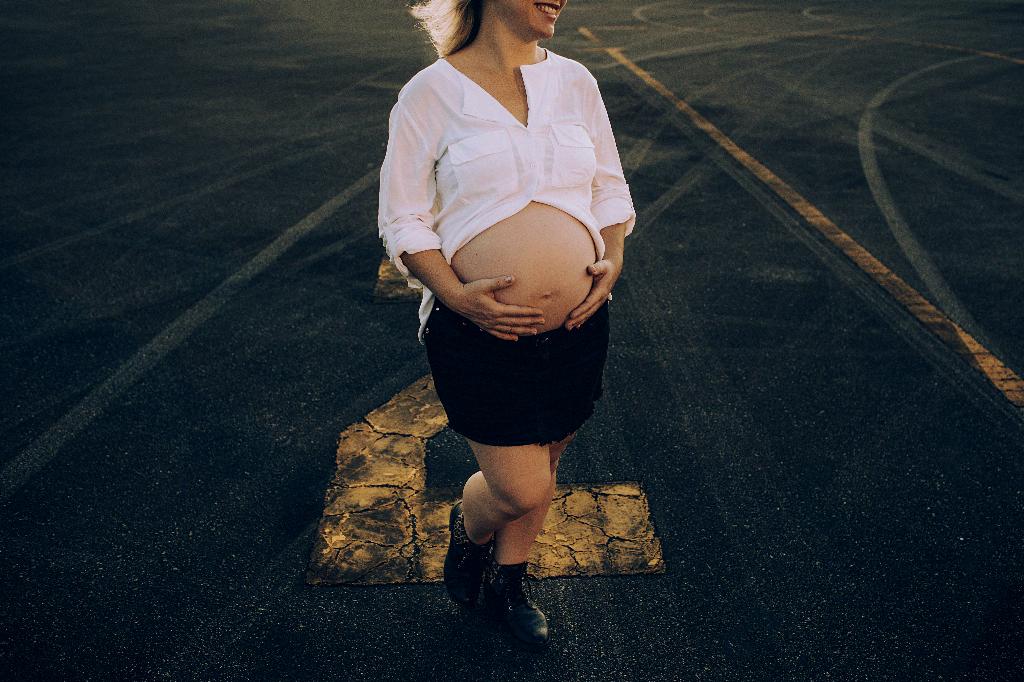For many women, the journey of pregnancy is not just physical but also mental and emotional. One interesting aspect of this experience is the occurrence of vivid dreams. These dreams can be incredibly detailed, intense, and sometimes even bizarre, leaving expecting mothers wondering about their origins and meanings.
During early pregnancy, typically in the first trimester, vivid dreams may not be as common or noticeable. This period is more focused on physical changes in the body as it adapts to the growing fetus. However, some women might still experience vivid dreams early on, as the surge in hormones can have an impact on sleep patterns and dream content.
As the pregnancy progresses into the second trimester, which is often considered the honeymoon phase of pregnancy, vivid dreams may become more prevalent. This stage is characterized by a decrease in fatigue and nausea, allowing women to enjoy a more stable sleep pattern. The hormonal changes continue to play a role in influencing dream activity.
By the time the third trimester arrives, vivid dreams tend to peak in frequency and intensity. As the body prepares for childbirth and undergoes significant physical and hormonal shifts, the subconscious mind may manifest these changes through dreams. Pregnancy-related anxieties, excitement about the impending arrival of the baby, and physical discomfort can all contribute to the vividness of dreams.
It is important to note that every woman’s experience with pregnancy dreams is unique. While some may have vivid dreams throughout the entire duration of their pregnancy, others may only experience them sporadically or not at all. Factors such as stress levels, individual sleep patterns, and personal experiences can also influence the frequency and content of dreams.
Research has shown that the content of pregnancy dreams can vary widely. Some women may dream about their unborn baby, while others may have more abstract or surreal dreams. It is believed that these dreams provide a way for expectant mothers to process their emotions, fears, and hopes surrounding pregnancy and motherhood.
For many women, vivid dreams during pregnancy can be both fascinating and perplexing. While some may find solace in interpreting their dreams as messages from their subconscious, others may simply enjoy the heightened sensory experience that dreams offer. Regardless of individual interpretations, these dreams are a natural part of the pregnancy journey for many women.
As with any aspect of pregnancy, it is essential for expectant mothers to prioritize self-care and relaxation to support their overall well-being. Engaging in relaxation techniques such as meditation, gentle exercise, and maintaining a healthy sleep routine can help alleviate stress and promote restful sleep, which in turn may influence the quality of dreams experienced during pregnancy.
In conclusion, vivid dreams during early pregnancy may not be as prominent as they are in later stages, but they can still occur due to hormonal fluctuations and other factors. The second and third trimesters are when these dreams tend to become more frequent and vivid, reflecting the physical and emotional changes taking place during pregnancy. Embracing these dreams as a natural part of the pregnancy experience can enhance self-awareness and provide insights into the complex journey of becoming a mother.

